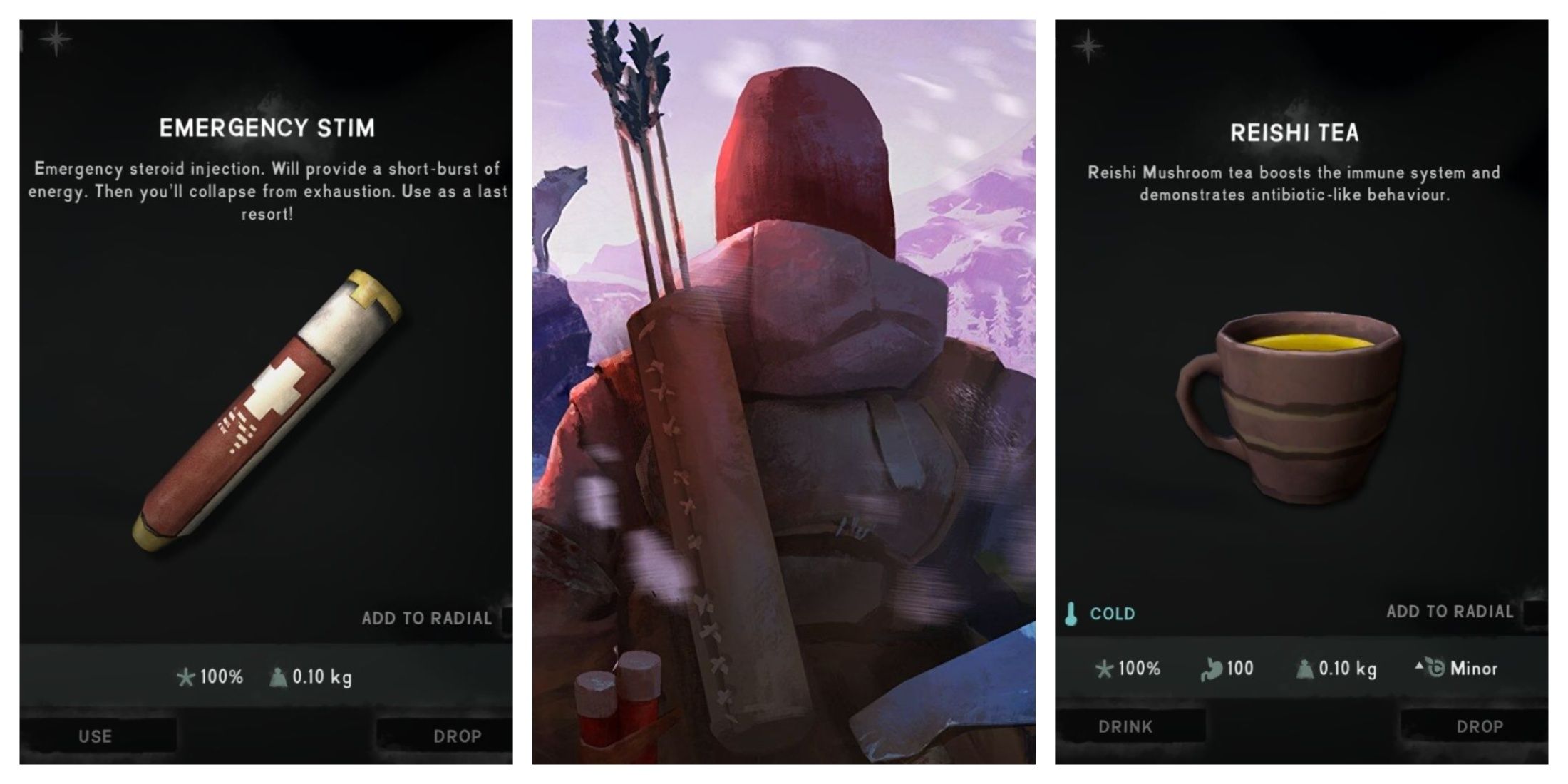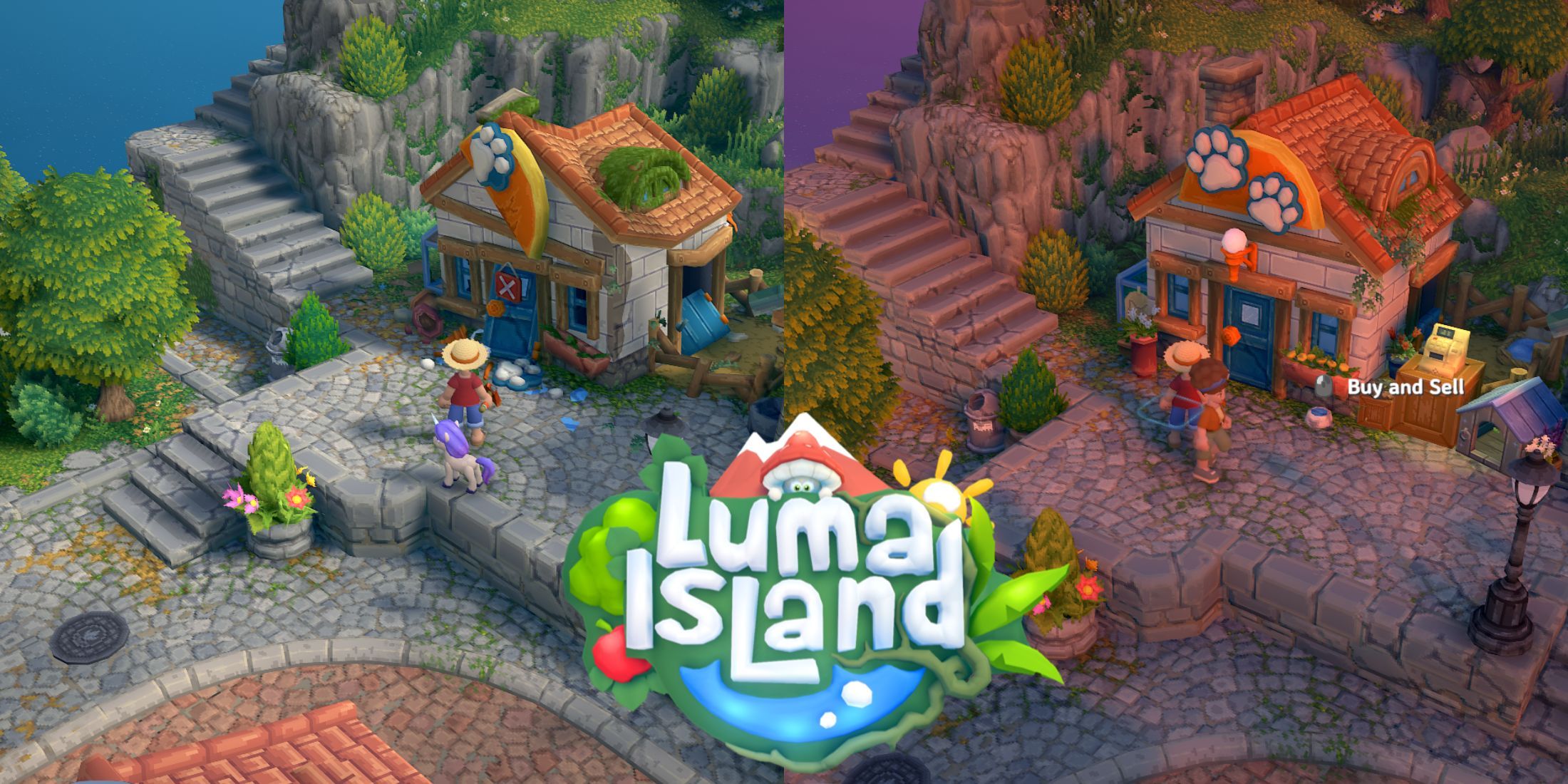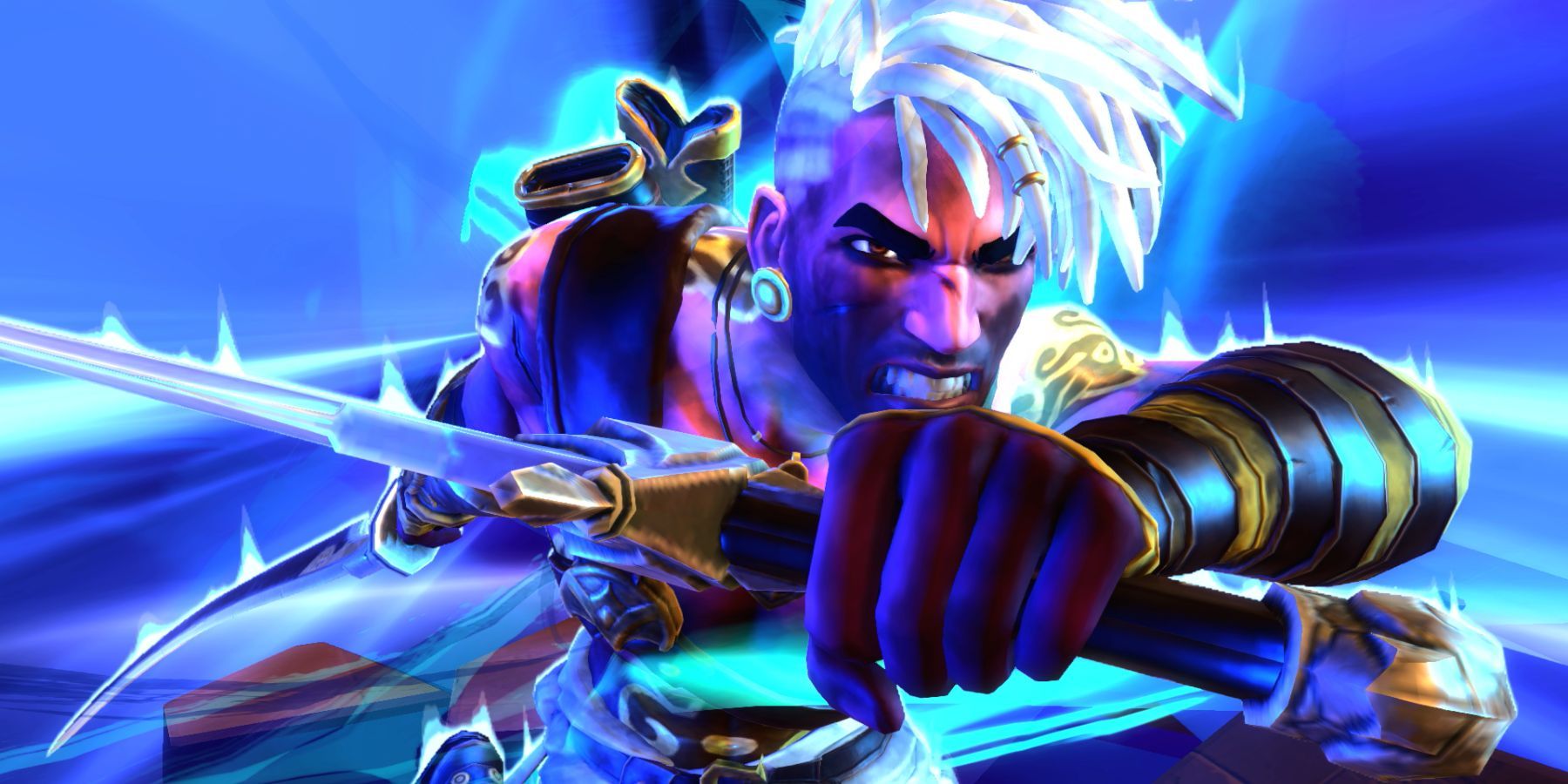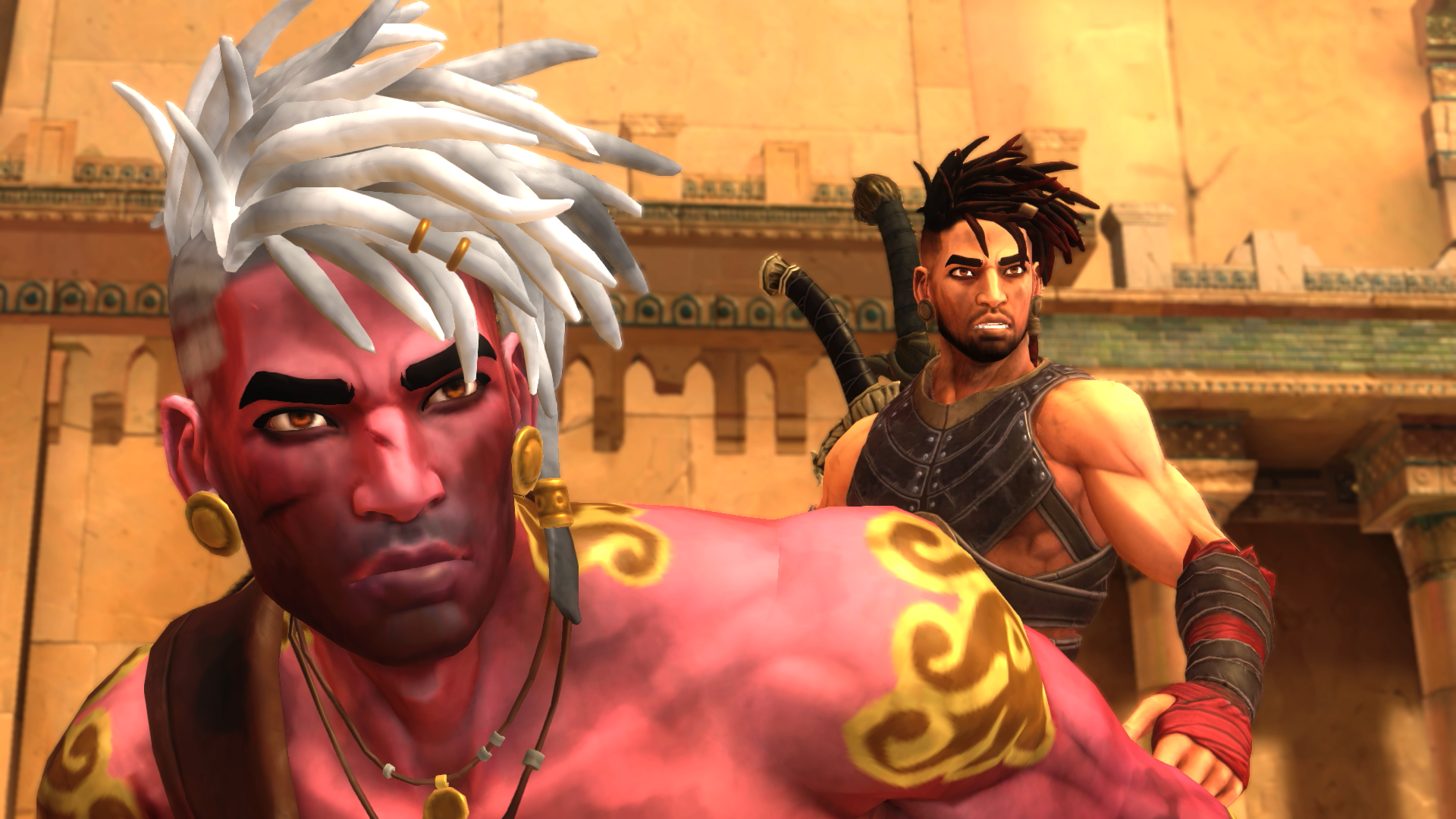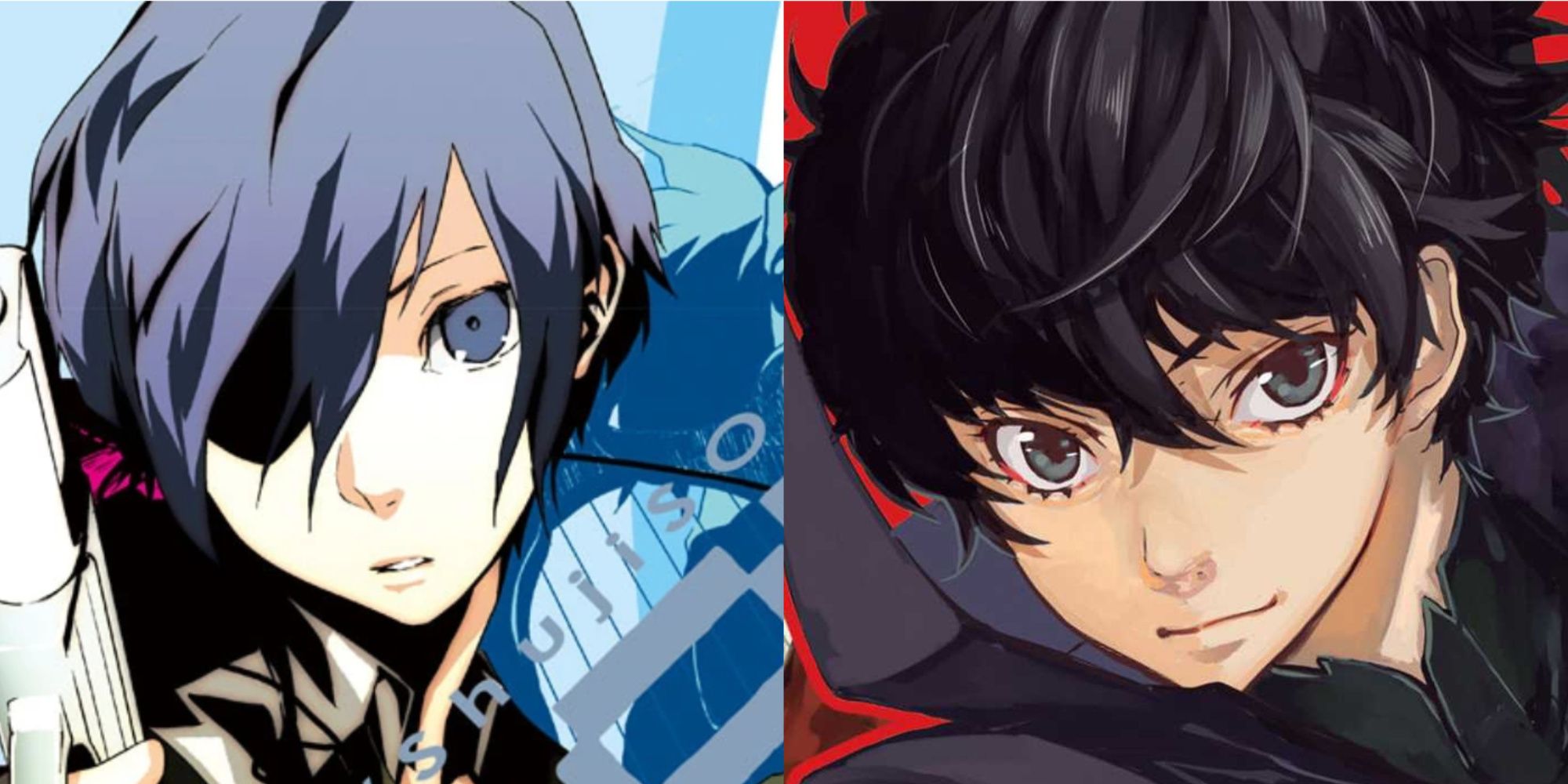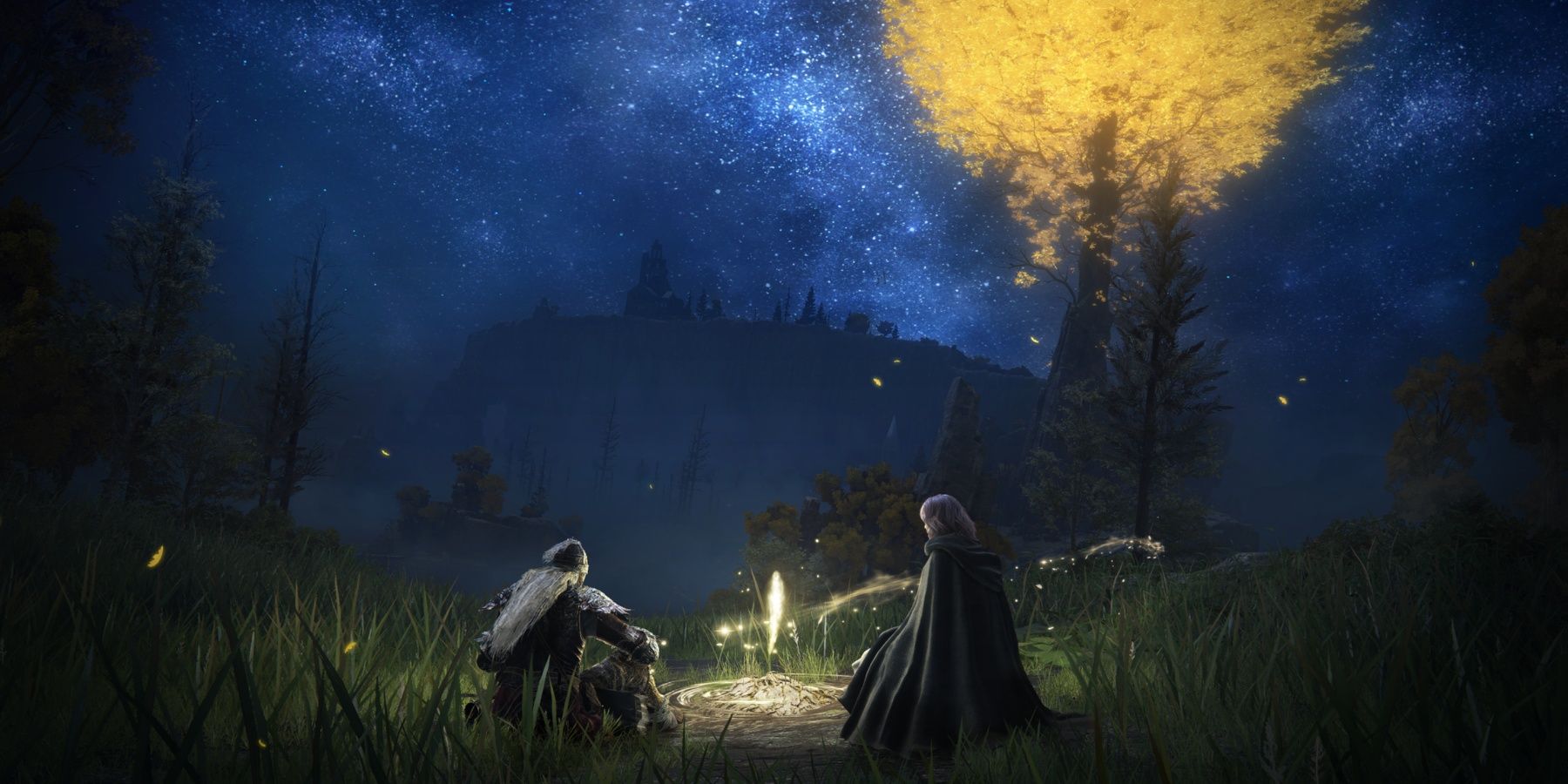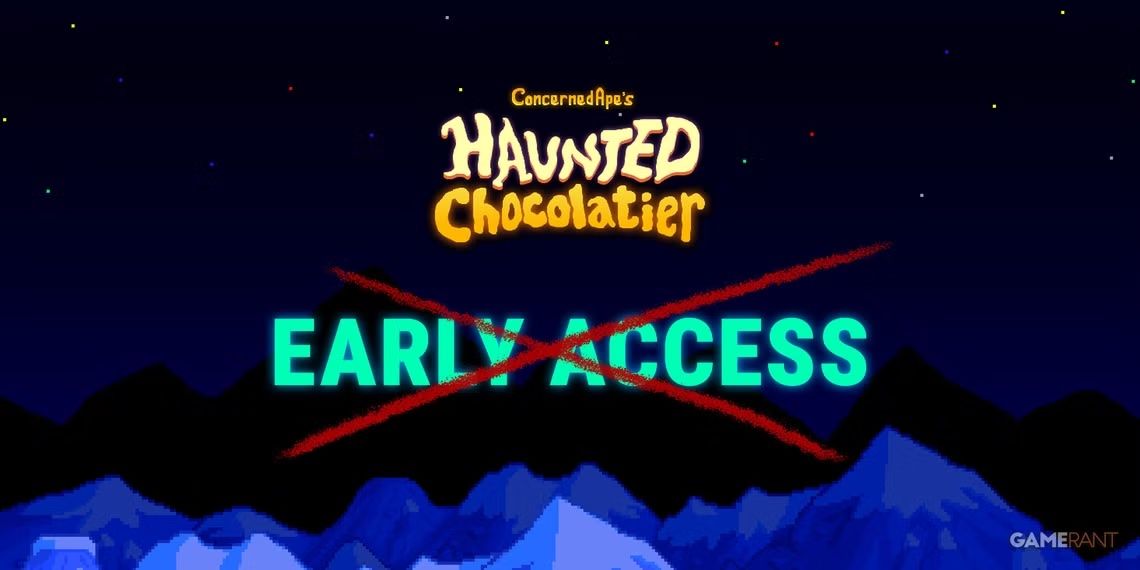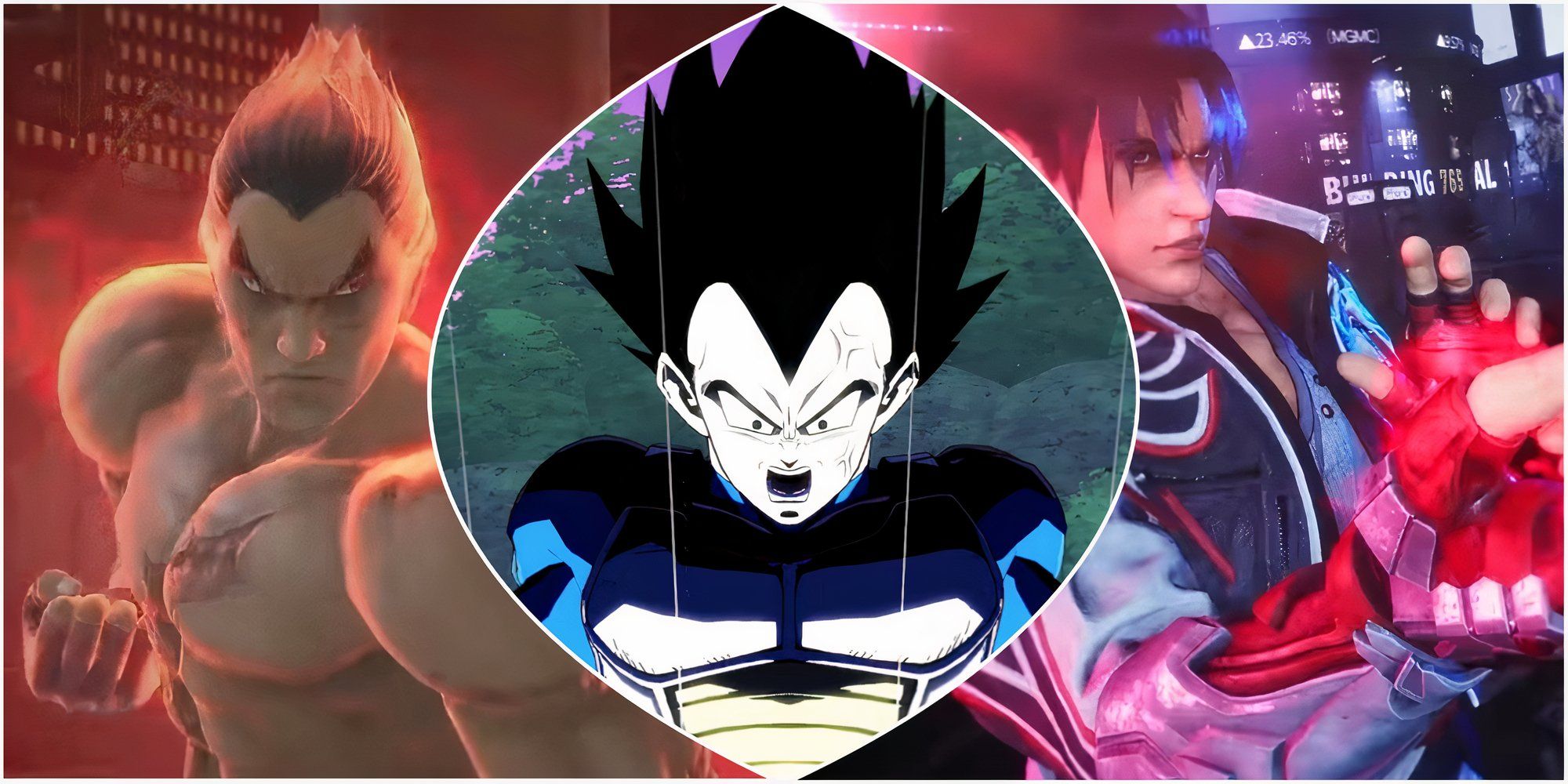Highlights
- Prince of Persia: The Lost Crown introduces unique time-related abilities, such as creating a clone reflection, which lead to ingenious environmental puzzles and creative combat scenarios.
- The game pays attention to detail by allowing players to see their chosen skins in cutscenes and boss fights, creating a sense of continuity and making the time travel experience feel more immersive when players see past Sargon adorned in a skin they had worn back then.
Prince of Persia: The Lost Crown deals with time travel and time-related abilities in some unique ways, with not all of them being tied directly to gameplay. NPCs throughout Prince of Persia: The Lost Crown’s Mount Qaf represent the effect of time quite brilliantly, for example, while protagonist Sargon is treated to terrific abilities such as a dash and a double jump—standard Metroidvania fare at this point. Rather, one of Sargon’s most distinct abilities is Shadow of the Simurgh, which allows him to create a clone reflection of himself that he can instantly warp back to.
This ability in particular makes for some of the most ingenious environmental puzzles in Prince of Persia: The Lost Crown and takes some incredibly creative puzzle-solving in certain areas. Players collect different time abilities on their travels that unlock previously inaccessible paths they had discovered, and it’s fascinating seeing the effect they all have when also employed in combat scenarios. That said, the bending of time is never more significant than when Sargon travels back and sees his past self.
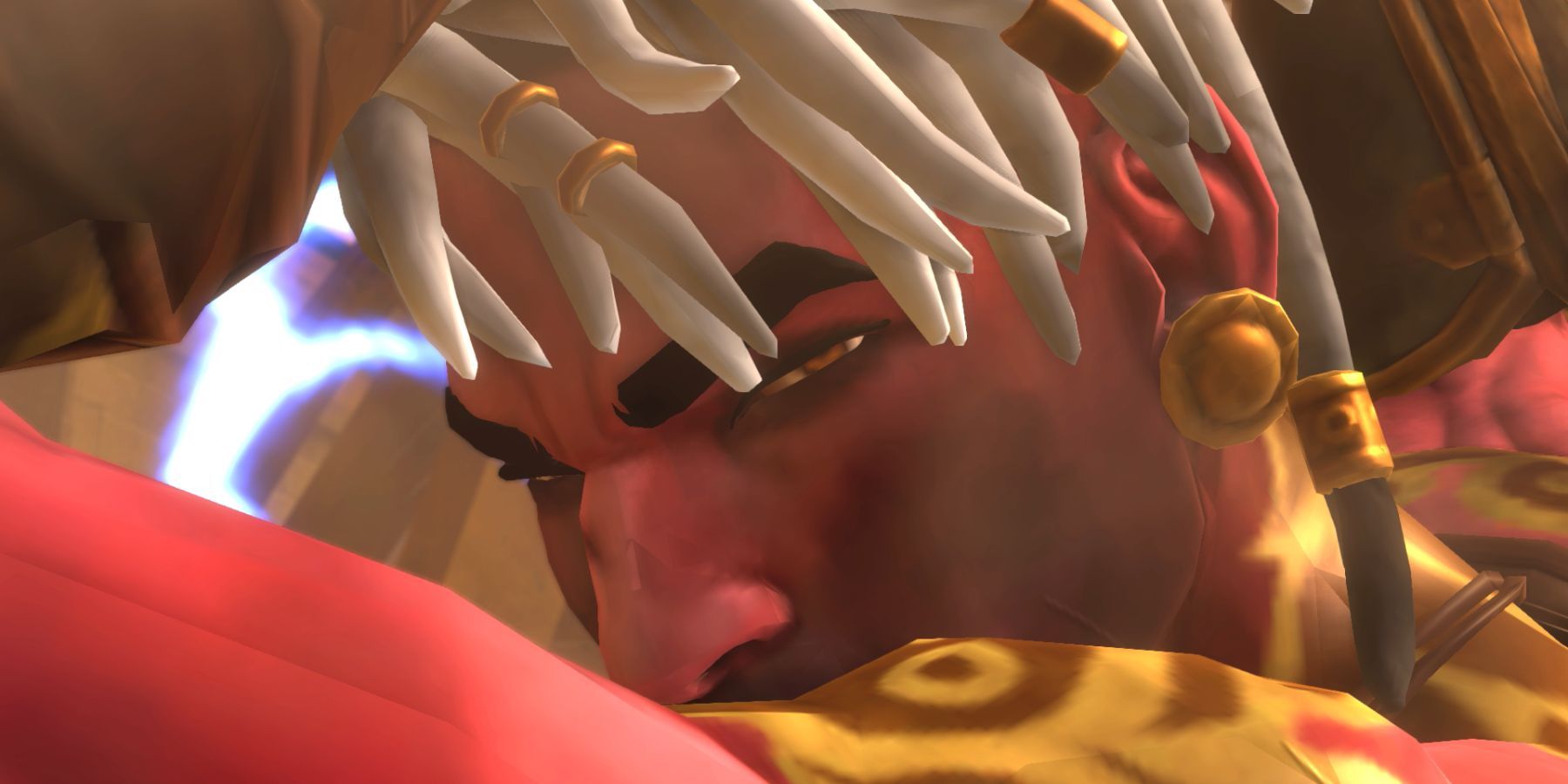
Prince of Persia: The Lost Crown Shows the Potential for a God of War Metroidvania
Prince of Persia’s leap to a Metroidvania with The Lost Crown will hopefully be an inspiration to God of War if it ever wants to explore the genre.
Prince of Persia: The Lost Crown’s Best Display of Time Travel Has a Unique Prerequisite
Skins in Prince of Persia: The Lost Crown are More Important Than They Seem
Now, it may seem odd to bring up skin cosmetics that players can adorn Sargon with, but it’s intriguing how crucial they are in immersively representing time travel. Indeed, players can receive new skins for Sargon in multiple ways: for example, the Coral skin is looted from a chest within The Lost Crown’s Sunken Harbor, the Exalted skin is awarded for completing each main story quest, and the nostalgic Warrior Within skin—donning Sargon in a look inspired by the titular Prince of Persia game—is obtained through a code players would’ve received for pre-ordering the game.
Skins are then excellent to see in spectacular 3D cutscenes as well as 2.5D gameplay and are all cosmetic-only. Players who don’t care to explore for skins in chests or prefer Sargon’s default appearance might be content not to swap his look out for another, but doing so makes one moment in Prince of Persia: The Lost Crown’s story much richer, even by pure happenstance.
The Lost Crown’s Past Sargon is Immersively Shown with a Previously Selected Skin
If players never swap skins through the game they’ll be none of the wiser to a great depiction of time travel. After Sargon faces Vahram for the first time and loses, players face him again soon thereafter once they’ve turned back time.
This is essentially the same fight again, but now present Sargon has stepped in to aid past Sargon and Ghassan.
In what makes for an epic first phase of Vahram’s boss fight in The Lost Crown, players battle Vahram with the aid of Sargon’s past self. However, what can make this sequence remarkably cinematic and immersive is if players had been wearing alternate skins and swapping them out regularly, because the boss fight’s past Sargon will be wearing whichever skin players had equipped when they confronted Vahram initially.
Many games commonly disregard skins in cutscenes and such instances, and it wouldn’t have been surprising to see Ubisoft plaster past Sargon in the default skin anyway. It is worth mentioning that Sargon’s dialogue portraits do not reflect players’ chosen skin, but this is reasonable.
But because he wears what players had dressed him in, it legitimately gets to feel as if players had traveled back to that moment in time that they had already experienced themselves, especially if they arrive in the past wearing a new skin of their own to showcase how they have changed since then. It’s a relatively small footnote that many players will likely miss out on seeing, but it goes a long way in emphasizing the immersion of its time travel by honoring players’ chosen skins in the new Prince of Persia Metroidvania.
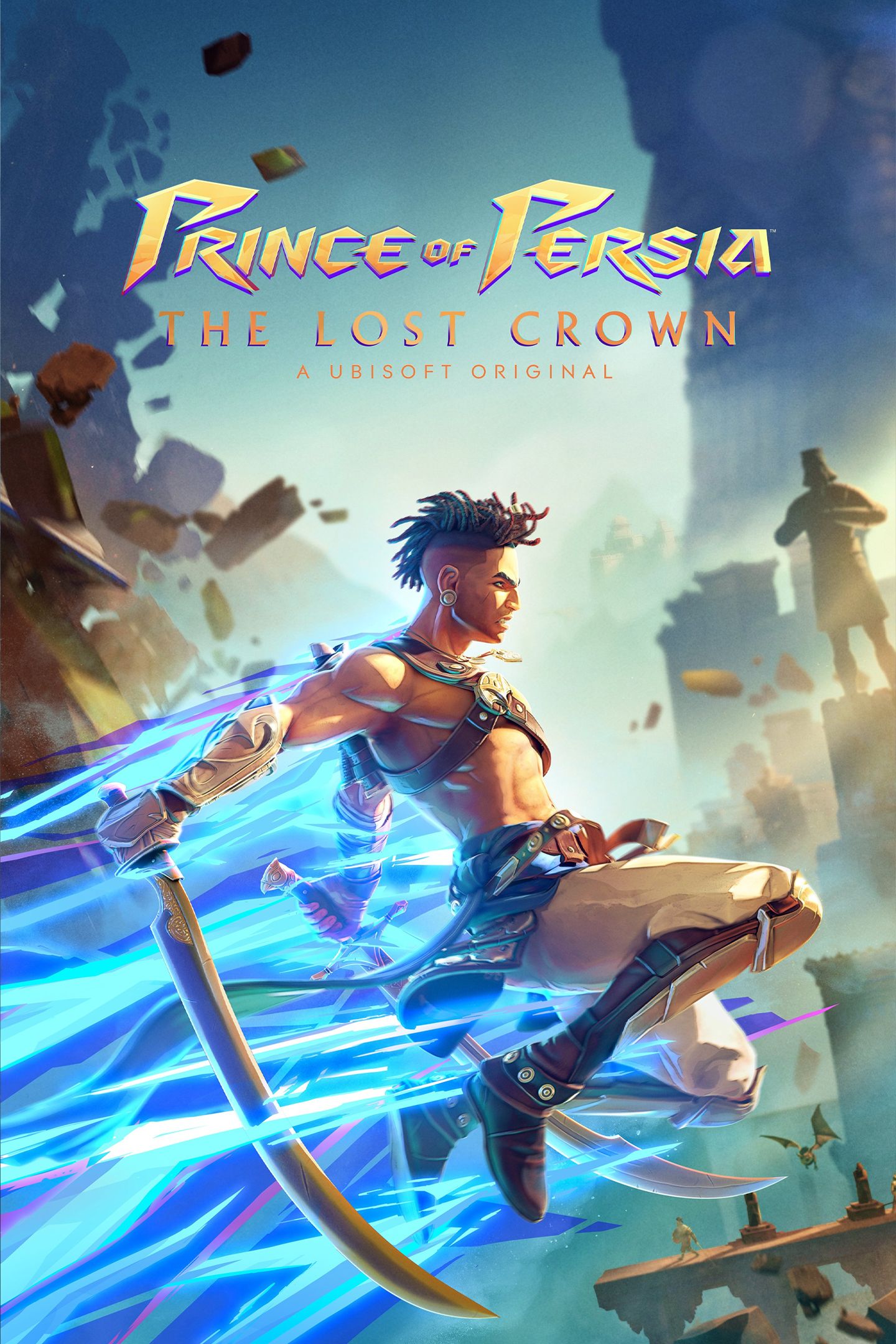
Prince of Persia: The Lost Crown
- Released
- January 18, 2024
- Developer(s)
- Ubisoft Montpellier
- Genre(s)
- Action , Platformer , 2D
